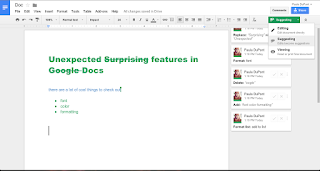It is often spoken today about the Finnish schools. Their students
are praised for showing better results with less or no homework. And they spend
less time at school. How is it possible?
I tried to search for the answer as it interests me greatly as a
teacher and a parent. And this is what I have found out and would like to share
with you. I believe it can be useful.
- · The way of thinking. The thing that is common for Finland and the countries of the Scandinavian region is the lack of competition between pupils. It is also true for teachers and people of other professions. They do not compete with each other who is the best pupil / teacher or who is richer or more successful. That is why cooperation is thriving and giving its contribution to such good results. Finnish teachers work together on a common problem with a pupil, ask each other for advice. It is the mentality of prosperity that gives a chance to develop and be happy with what you have achieved in a team. Mentality of prosperity brings happiness.
- · The less is more or Finnish design of classrooms. Simplified design of classrooms lets pupils concentrate better. A study has proved that pupils showed less progress in education when the walls in the classroom were richly decorated rather than when it was vise versa. It is especially important for younger children as it has effect on their concentration of attention during the lesson.
- · To use or not to use new technologies? Finnish schools do not devote too much of their attention to technology at the lesson. Surprising it may seem but students concentrate better when there is a limited access to technology.
- · Independence or let the pupils decide. Who but the teacher may know better what to teach? This is how I always thought. We as teachers often make a decision for pupils or are imposed from above what to teach how many hours to devote to it. Finnish teachers have a little bit more freedom in it and have such a privilege as sharing the responsibility for content with their pupils. But a good idea would be to ask pupils what they already know on the topic we want to teach or even ask a simple question what they would like to find out?
If you are interested in more facts about schools in Finland I strongly recommend to read the book by Timothy D. Walker - TEACH LIKE FINLAND.
















































